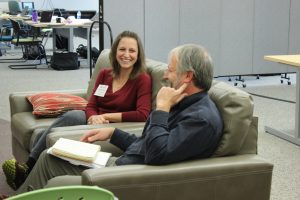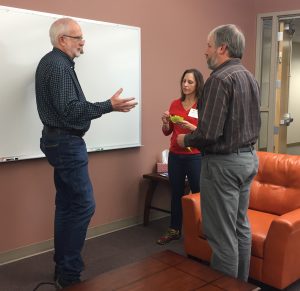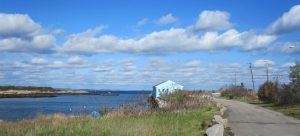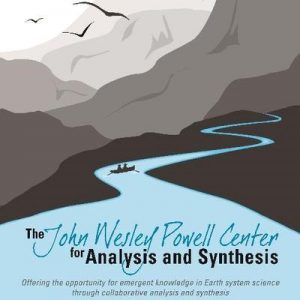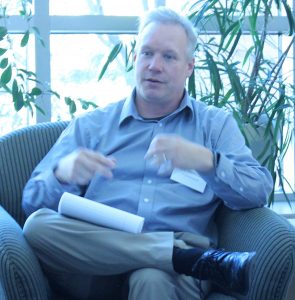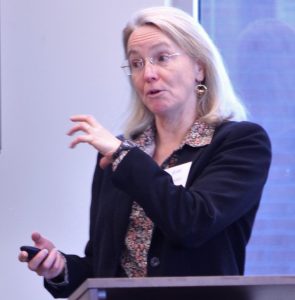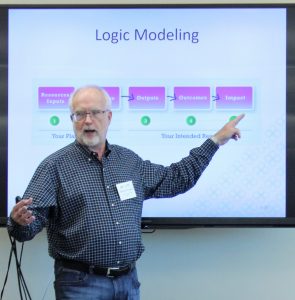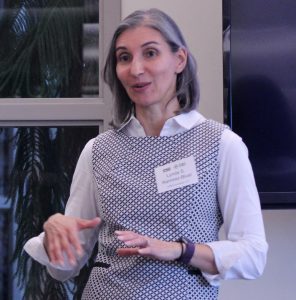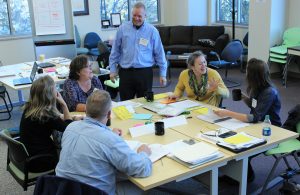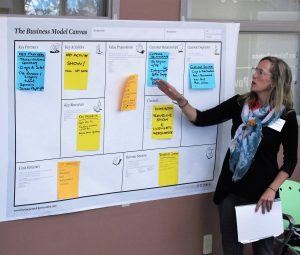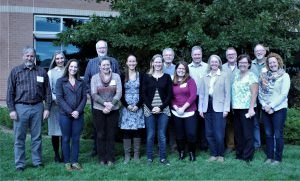“So, do you want me to give you my pitch?”
“Yep! This is your chance to practice.”
“Ok. So, I study the housing market of frogs…..”
It was a really great opening. I was immediately intrigued, and everything that came next totally related to me personally.
He went on to describe how everyone thinks carefully when they’re deciding where to live (What school district? What commute? What kind of neighborhood do I want?). He elaborated about how frogs also have to decide where to live, but that his research results show that they don’t always make the best decisions. We went on to discuss habitat fragmentation, habitat management decisions, and modeling.
Picture the two of us at a table, in the midst of a large sectioned-off area set up for 50 people. If you could pan out beyond that, you’d see that we’re actually in a large exhibit hall in an even larger conference center. You can hear the hum of other people talking and see movement all around us. In this situation I’m supposed to be the “teacher” and he the “student.” I’m leading a Career Central session on “Honing your Elevator Pitch” at ESA’s 2019 Annual Meeting, and he’s the only person who came.
Clearly this person doesn’t need much help or advice from me – he has already thought of a creative, relatable, and compelling way to talk about his research! After chatting a bit, I send him on his way with a handout (containing some pitch-related resources), some reminders to tailor language for his audience, and encouragement to practice as much as possible while he’s here at the meeting.
On one hand I’m disheartened – only one person showed up to my session. On the other hand, I’m elated. This student, who studies the housing market of frogs, is an excellent example of a young scientist who acknowledges the power of effective communication and the art of “pitching.”
In our Strategies for Success course, the final session is all about pitching. We do this for a few reasons: first, it gives our participants a chance to practice in a friendly environment; second, it links to all the other skills we teach in the course; and lastly, it’s fun! Participants get to role-play funders and give each other feedback.
You never know when you might be in a random situation and have an opportunity to make a “pitch” and you never know where that pitch might lead! Practice, be prepared, and practice some more. The more you practice, the more natural your delivery will be when you’re in a real pitching situation. This will let you truly convey your passion and enthusiasm about your research and the work you do.
From one imperfect pitch-er to another, I wish you much practice, and much success.


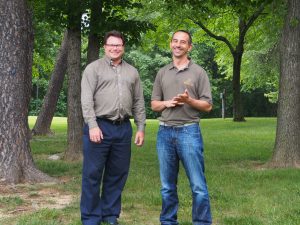
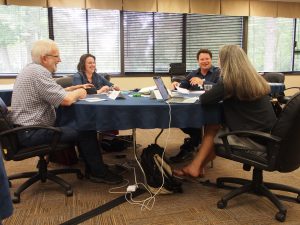
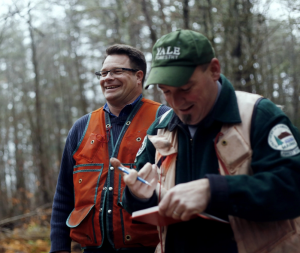

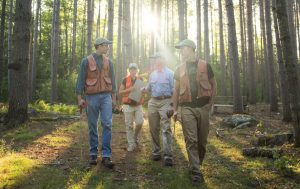
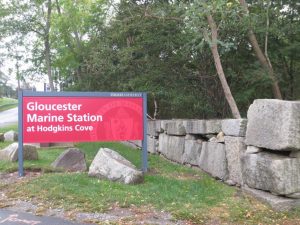 In 2015, The University of Massachusetts, Amherst, had a pressing decision to make about the Gloucester Marine Station: sell it, or reinvest and repurpose the space. The station played host to several biological research programs over four decades since its opening in the 1970s, but was in need of major infrastructure repair and a new funding model if it was to be successful into the future. When a faculty member received an NSF grant to address those issues, UMass decided to move forward with reinventing the station into an extension outpost and cutting-edge research station. With plans for a new seawater system, dock, office spaces, and lab space- the vision of the new Gloucester Marine Station was starting to take shape.
In 2015, The University of Massachusetts, Amherst, had a pressing decision to make about the Gloucester Marine Station: sell it, or reinvest and repurpose the space. The station played host to several biological research programs over four decades since its opening in the 1970s, but was in need of major infrastructure repair and a new funding model if it was to be successful into the future. When a faculty member received an NSF grant to address those issues, UMass decided to move forward with reinventing the station into an extension outpost and cutting-edge research station. With plans for a new seawater system, dock, office spaces, and lab space- the vision of the new Gloucester Marine Station was starting to take shape.